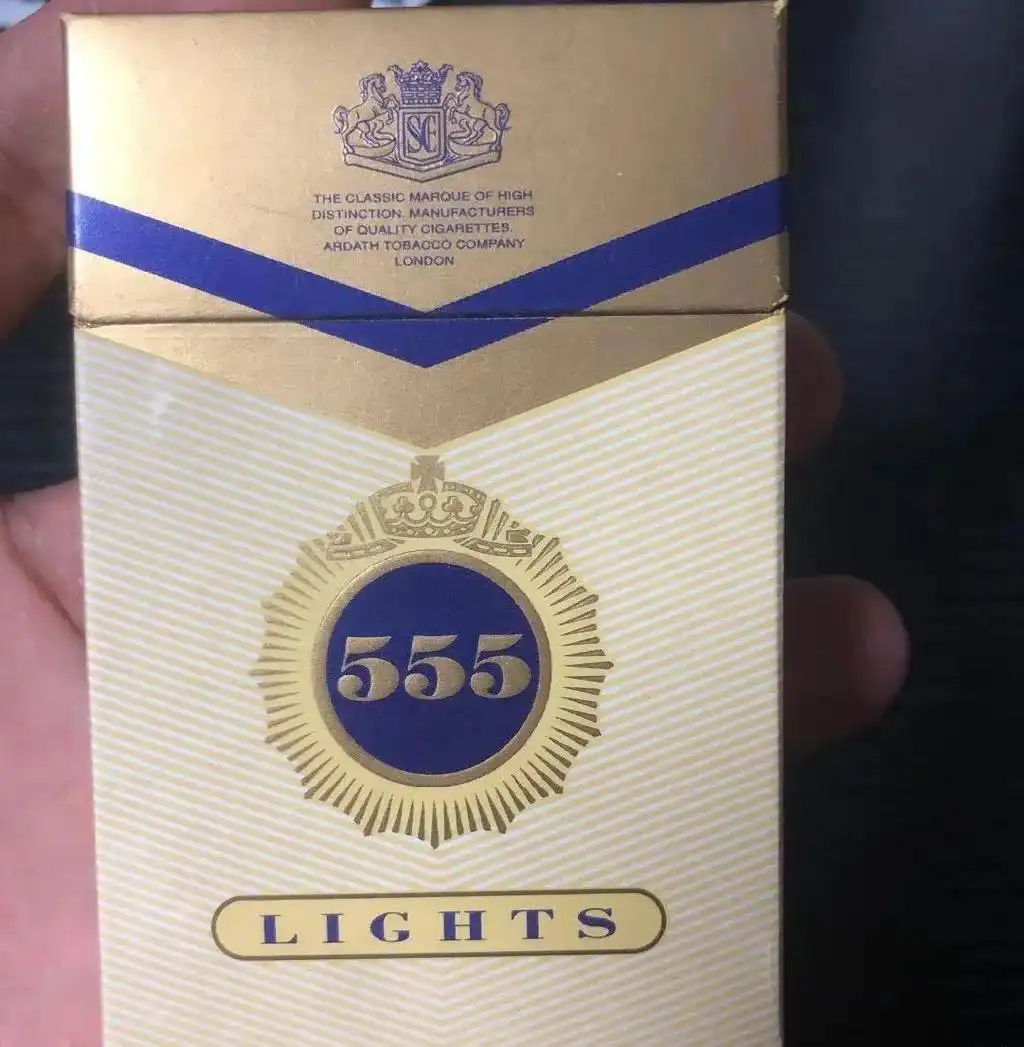Title: Clearing the Smoke: How Tobacco Use Elevates Treatment Failure in Pulmonary Aspergillosis
Pulmonary aspergillosis, a spectrum of diseases caused by the ubiquitous environmental mold Aspergillus, presents a significant and growing challenge to global respiratory health. While treatment strategies, primarily involving antifungal agents like voriconazole, have improved outcomes, a critical and often overlooked factor drastically undermines their efficacy: tobacco use. A growing body of clinical evidence indicates that tobacco smoke exposure is a powerful independent predictor of treatment failure and mortality in patients battling these fungal infections. This article delves into the multifaceted mechanisms through which tobacco compromises host defenses, promotes fungal virulence, and disrupts pharmacological therapy, creating a perfect storm for therapeutic failure.
The Clinical Intersection: Smoking and Fungal Infection
The link between tobacco smoke and respiratory disease is well-established, encompassing conditions like COPD, lung cancer, and increased susceptibility to bacterial and viral infections. However, its role in fungal diseases, particularly aspergillosis, is profound. Smokers and individuals with smoking-related lung damage, especially COPD, constitute a high-risk group for developing aspergillosis. The damaged architecture of the smoker’s lung—characterized by ciliary dysfunction, alveolar destruction, and mucous plugging—creates ideal niches for Aspergillus spores to evade clearance and establish infection. But the danger extends far beyond mere susceptibility; it directly impacts the course of treatment.
Mechanisms of Compromised Defense
Tobacco smoke orchestrates a systematic dismantling of the innate and adaptive immune responses essential for controlling Aspergillus.
Physical Barrier Disruption: The first line of defense is the mucociliary elevator. The coordinated beating of cilia sweeps inhaled particles, including fungal spores, out of the airways. Tobacco smoke paralyzes cilia, stimulates excessive mucus production, and alters its composition, effectively crippling this critical clearance mechanism. Spores become trapped in the stagnant mucus, allowing them to germinate into invasive hyphae.
Alveolar Macrophage Dysfunction: Alveolar macrophages are the sentinels of the deep lung, responsible for phagocytosing and destroying Aspergillus spores. Tobacco smoke exposure severely impairs their function. Studies show that smoke reduces their phagocytic capacity, alters their inflammatory signaling, and induces apoptosis (programmed cell death). This effectively blinds and disarms the primary cellular defender at the precise site of infection.
Neutrophil Impairment: The neutrophil is the key immune cell responsible for attacking and destroying the invasive hyphal form of Aspergillus. Tobacco smoke has a devastating impact on neutrophil function. It inhibits their chemotaxis (ability to migrate to the site of infection), reduces their oxidative burst (a primary killing mechanism), and shortens their lifespan. Without a robust neutrophil response, hyphae can proliferate unabated, leading to tissue invasion and necrosis.
Immunomodulatory Effects: Tobacco smoke creates a state of chronic inflammation while simultaneously suppressing specific adaptive immune responses. It can skew the immune system towards a Th2 response, which is less effective against fungi than a protective Th1 response. This dysregulated immune environment prevents the mounting of a coordinated and effective attack against the invading pathogen.
Impact on Antifungal Pharmacotherapy
The path to treatment failure is not solely immunological; tobacco also interferes with the very drugs used to combat the infection.
- Altered Pharmacokinetics: Tobacco smoke is a potent inducer of hepatic cytochrome P450 enzymes, particularly CYP1A1, CYP1A2, and CYP2E1. Voriconazole, the first-line antifungal agent for invasive aspergillosis, is metabolized primarily by CYP2C19, but also by CYP2C9 and CYP3A4. The complex induction of this enzyme system by polycyclic aromatic hydrocarbons in smoke can lead to accelerated metabolism and subtherapeutic levels of voriconazole. This puts smokers at a higher risk of inadequate drug exposure, fostering antifungal resistance and treatment failure.
- Lung Tissue Penetration: The pathological changes in the smoker’s lung—poor perfusion, fibrosis, and emphysematous spaces—can hinder the distribution and penetration of antifungal agents to the site of infection. Even if serum drug levels are adequate, the drug may not effectively reach the fungal burden sequestered in poorly vascularized areas of damaged lung.
Enhanced Fungal Virulence
Emerging research suggests that the host environment shaped by tobacco smoke may actively make the fungus more dangerous. Exposure to cigarette smoke extract has been shown to alter the gene expression and phenotype of Aspergillus fumigatus. It can promote the formation of more robust biofilms—structured communities of fungi that are highly resistant to both antifungals and host immune attacks. Furthermore, smoke exposure may enhance the production of certain virulence factors, such as proteases, that allow the fungus to invade tissue more effectively.

Clinical Implications and a Call to Action
The evidence is clear: a patient's smoking status is not merely a historical footnote but a critical prognostic variable. For clinicians, this knowledge must inform practice:
- Risk Stratification: Smokers diagnosed with pulmonary aspergillosis should be immediately recognized as a high-risk group for treatment failure. This warrants closer monitoring, more aggressive diagnostic follow-up, and potentially therapeutic drug monitoring (TDM) to ensure voriconazole levels are within the therapeutic range.
- Therapeutic Drug Monitoring (TDM): Given the altered pharmacokinetics, TDM is essential for smokers on voriconazole. Relying on standard dosing regimens is likely to result in suboptimal exposure. Dose adjustments must be guided by serial level checks.
- Smoking Cessation as Integral Therapy: Smoking cessation must be framed as a non-negotiable component of the treatment plan, not just a public health recommendation. Cessation counseling and support should be initiated at diagnosis. While lung damage is often irreversible, stopping smoke exposure can begin to restore some immune functions, improve mucociliary clearance, and normalize drug metabolism over time, thereby improving the odds of a successful outcome.
Conclusion
The fight against pulmonary aspergillosis is fought on multiple fronts. While advanced antifungals are our weapons, the human body's defenses are the battlefield. Tobacco smoke sabotages this battlefield, weakening defenses, strengthening the enemy, and undermining our pharmacological arsenal. Acknowledging this relationship is paramount. Effective management of pulmonary aspergillosis in the 21st century requires not only prescribing the right drug but also addressing the modifiable risk factor that lies at the heart of so much treatment failure: tobacco use.
Tags: #PulmonaryAspergillosis #TobaccoSmoking #TreatmentFailure #AntifungalTherapy #Voriconazole #Immunosuppression #FungalInfection #COPD #SmokingCessation #Pharmacokinetics #HostDefense #MedicalMycology











